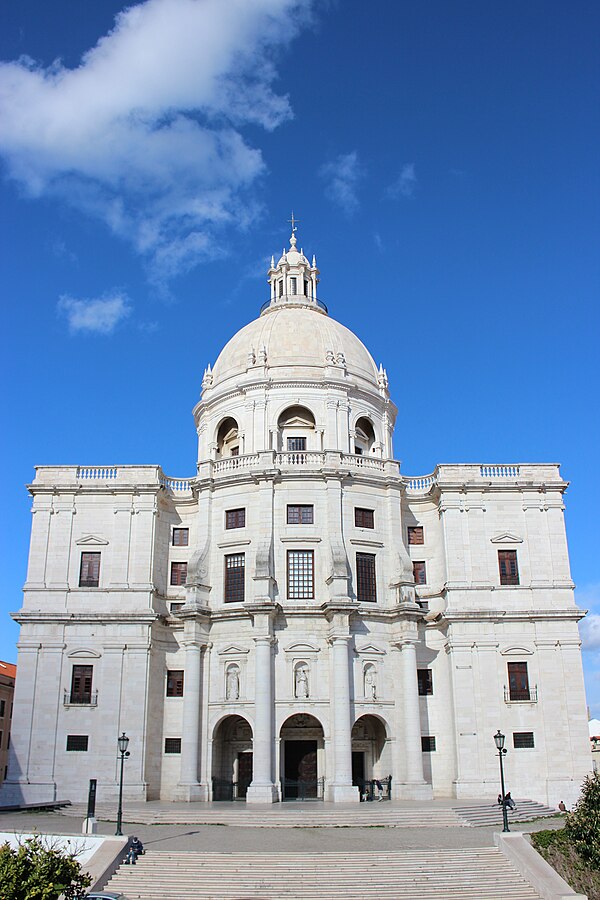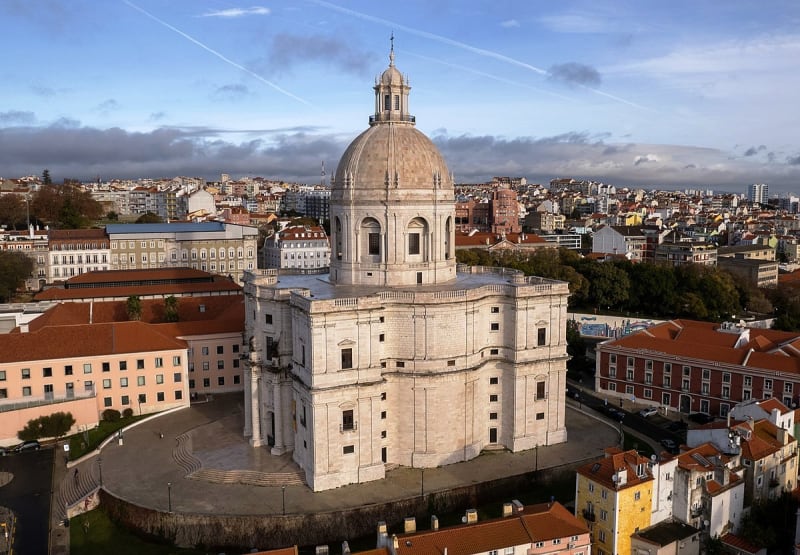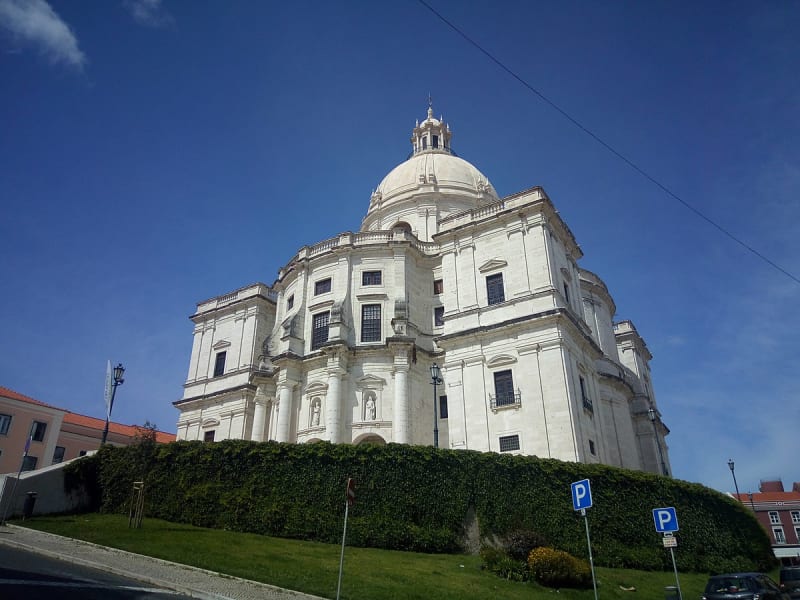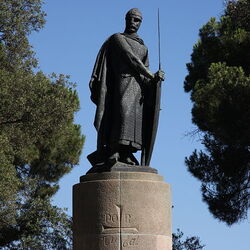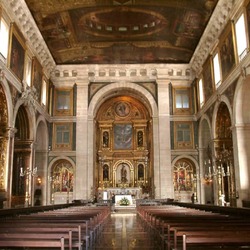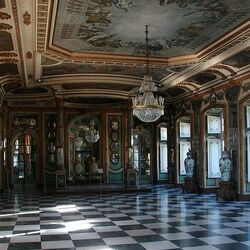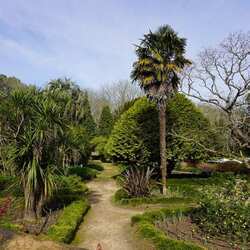Church of Santa Engracia
The Church of St. Engracia began to be built in 1682, but construction work was often postponed indefinitely. The church has been transformed into the National Pantheon, where important Portuguese personalities are buried. It is located in the Alfama area, not far from another famous monument in Lisbon, the monastery of San Vicente de Fora.
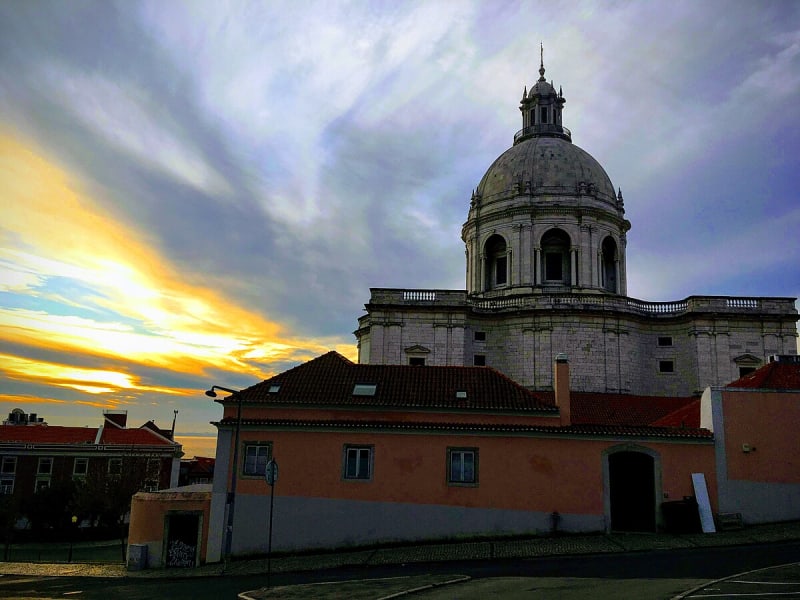
The history of the Church of St. Engrasia
The construction of the temple was completed in the 17th century. For the next three centuries, the church was rebuilt, which gave rise to the name Engracia, which means very long work in Portuguese. The temple itself has become a replacement for many other cathedrals in Lisbon. Joao Antunes, who became famous in Portugal for having built many Baroque buildings, was chosen as the chief architect. The Royal Court of Portugal commissioned the architect to erect a magnificent structure that would embody the power of the royal family.
The construction of St. Engracia's Church lasted about 30 years, and the death of the chief architect significantly slowed down the construction process. Only John the Fifth, King of Portugal, began to show significant interest in the construction of this facility, and under his leadership a number of major works were completed. But until the 20th century, the temple was never completed, only in early 1967 the building was fully ready, and it was opened in a solemn atmosphere.
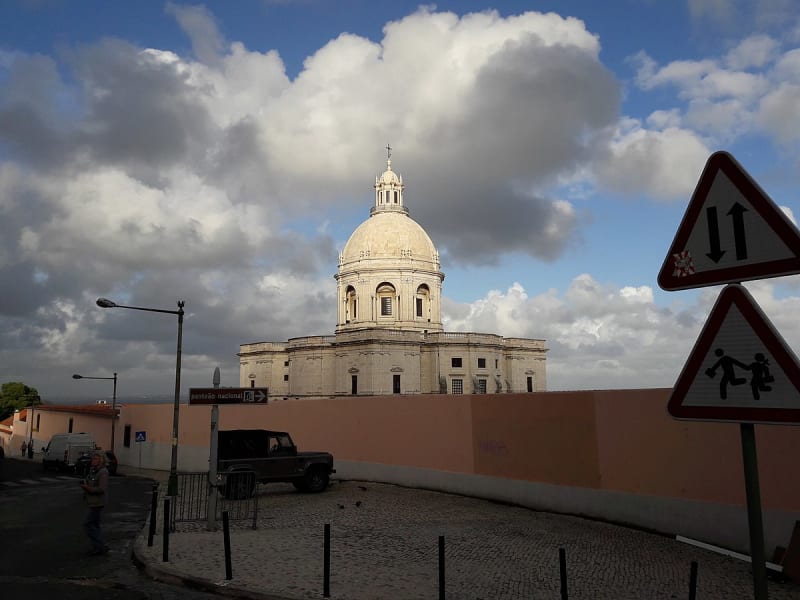
Architecture of the Church of St. Engrasia
Antunes tried to give the church a unique design. The Greek cross became the shape of the roof, and the square towers of the church were square, the facade of the Church of St. Engrasia was made in the Baroque style. Like many cathedrals in Portugal, the floors of St. Engrassia were made of expensive marble. The entrance is decorated with majestic sculptures, as well as various frescoes from the 17th century, which have been preserved here in their original form. In the middle of the 20th century, the church was given the status of a National Pantheon. During the reign of dictator Salazar, famous Portuguese personalities were buried here, including presidents, poets, artists and many other personalities. Cenotaphs were also erected here in honor of the great Portuguese navigators Henry the Navigator and Vasco da Gama.
It is worth noting that from the roof of the church, from its dome, there is a magnificent view of Lisbon and the Tagus River. This place has become iconic, as it was here that the photographs were taken, which became the "calling cards" of the city. St. Engracia's Church is a landmark among many Catholic cathedrals in Europe. Every tourist staying in Lisbon should see this architectural monument.
